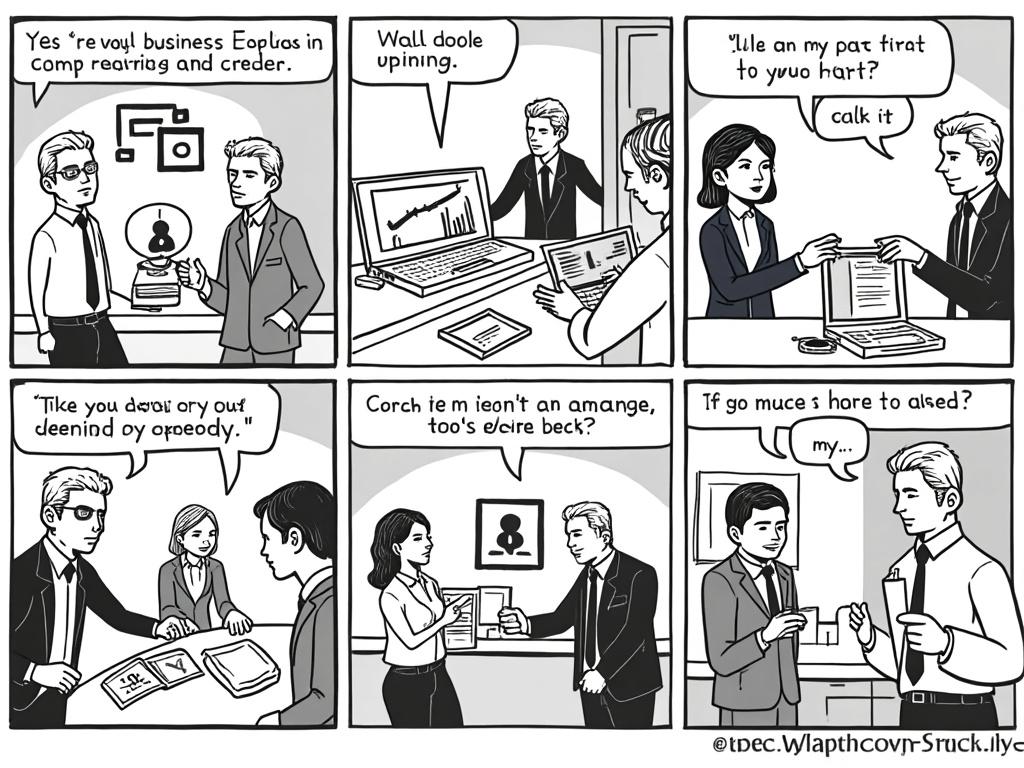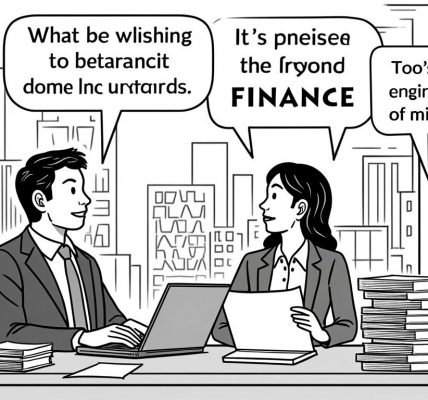
NFTs and Digital Collectibles as Alternative Investments: Your Complete Strategy Guide
Reading time: 12 minutes
Ever wondered if those pixelated monkeys and digital trading cards could actually be your ticket to investment diversification? You’re not alone. The world of NFTs and digital collectibles has evolved from internet curiosity to legitimate alternative investment consideration, and the landscape is more nuanced than most headlines suggest.
Table of Contents
- Understanding NFT Investment Fundamentals
- Market Dynamics and Performance Metrics
- Strategic Investment Approaches
- Navigating Risks and Challenges
- Portfolio Integration Best Practices
- Building Your Digital Collection Strategy
- Frequently Asked Questions
Understanding NFT Investment Fundamentals
Let’s cut through the hype and examine what makes NFTs viable as alternative investments. Non-Fungible Tokens represent unique digital ownership verified through blockchain technology, creating scarcity in an otherwise infinitely reproducible digital world.
The Investment Thesis Behind Digital Ownership
The core investment argument isn’t about expensive JPEGs—it’s about provable digital scarcity and ownership rights. Consider this scenario: You’re evaluating two identical digital artworks. One exists as a simple file anyone can copy, while the other comes with blockchain-verified ownership and provenance. Which holds investment potential?
Key Investment Categories:
- Generative Art Collections: Algorithm-created pieces with varying rarity traits
- Gaming Assets: In-game items with cross-platform utility potential
- Virtual Real Estate: Digital land parcels in metaverse environments
- Utility Tokens: NFTs providing access to communities or services
Market Infrastructure and Liquidity Mechanisms
Unlike traditional collectibles stored in safes, NFTs trade on 24/7 global marketplaces. OpenSea processed over $13.3 billion in trading volume during 2021, demonstrating significant market liquidity—though volumes have since fluctuated dramatically.
The infrastructure includes:
- Primary marketplaces for initial sales
- Secondary trading platforms with varying fee structures
- Aggregators providing cross-platform price discovery
- Lending protocols enabling NFT-backed borrowing
Market Dynamics and Performance Metrics
Performance Analysis: Beyond the Headlines
The NFT market’s performance tells a complex story. While headlines focus on million-dollar sales, institutional data reveals more nuanced patterns. According to DappRadar, the average NFT transaction value decreased 65% from peak 2021 levels, yet trading volumes in specific categories remained surprisingly resilient.
NFT Market Performance Comparison (2022-2024)
*Percentage changes represent average floor price movements from 2022 peaks
Case Study: The CryptoPunks Phenomenon
CryptoPunks provide fascinating insight into NFT investment dynamics. Launched in 2017 as free collectibles, rare punks now trade for hundreds of thousands of dollars. Punk #5822 sold for $23.7 million in February 2022, demonstrating how scarcity and cultural significance can drive value.
However, the collection also illustrates market volatility—floor prices dropped from 100+ ETH to under 50 ETH during crypto winter, yet maintained stronger value retention than many newer projects.
Strategic Investment Approaches
The Blue-Chip Strategy
Smart money focuses on established collections with proven staying power. These “blue-chip” NFTs typically feature:
- Strong community engagement: Active Discord servers and social media presence
- Consistent trading volume: Regular secondary market activity
- Clear utility or cultural significance: Beyond mere speculation
- Transparent roadmaps: Ongoing development and expansion plans
Pro Tip: Don’t chase quick flips—focus on projects building sustainable ecosystems. The right preparation isn’t just about avoiding losses—it’s about identifying projects with long-term viability.
Diversification Across Digital Asset Classes
| Asset Category | Risk Level | Liquidity | Entry Point | Growth Potential |
|---|---|---|---|---|
| Profile Picture Collections | High | Medium | $500-5000 | High |
| Gaming Assets | Medium | High | $50-500 | Very High |
| Virtual Real Estate | Very High | Low | $1000-10000 | Medium |
| Digital Art | Medium | Medium | $100-1000 | Medium |
| Utility Tokens | Low-Medium | High | $200-2000 | High |
Navigating Risks and Challenges
The Volatility Reality Check
Let’s address the elephant in the room: NFT markets are extraordinarily volatile. Unlike traditional collectibles, digital assets can experience 50%+ price swings within days. Consider the Bored Ape Yacht Club floor price, which ranged from 150 ETH to 40 ETH in 2022 alone.
Common Risk Scenarios:
- Liquidity Traps: Popular projects suddenly losing buyer interest
- Platform Risk: Marketplace closures or technical failures
- Regulatory Uncertainty: Changing government policies affecting NFT trading
- Technology Obsolescence: New standards making current NFTs incompatible
Due Diligence Framework
Successful NFT investing requires systematic research. Here’s your practical roadmap:
Project Evaluation Checklist:
- Team Credibility: Verify founder backgrounds and previous projects
- Community Health: Analyze Discord activity and holder engagement
- Technical Infrastructure: Examine smart contract security and metadata storage
- Roadmap Viability: Assess realistic development milestones
- Market Position: Compare against similar projects and pricing
Portfolio Integration Best Practices
Allocation Strategy for Traditional Investors
The key question isn’t whether to invest in NFTs, but how much exposure makes sense. Financial advisors typically recommend limiting alternative investments to 5-15% of total portfolio value, with NFTs representing a subset of this allocation.
Smart Allocation Approach:
- Conservative Investors: 1-3% portfolio allocation to blue-chip NFTs
- Moderate Risk Tolerance: 3-7% across diversified digital collectibles
- Aggressive Growth Seekers: 5-15% including emerging NFT categories
Tax Considerations and Record Keeping
NFT transactions trigger tax implications in most jurisdictions. Each purchase, sale, or trade constitutes a taxable event, requiring meticulous record-keeping. Many investors underestimate this administrative burden.
Essential Documentation:
- Transaction timestamps and blockchain confirmations
- Purchase prices in both cryptocurrency and fiat values
- Gas fees and marketplace commissions
- Wallet addresses and platform details
Building Your Digital Collection Strategy
Emerging Trends Shaping NFT Investments
The NFT landscape continues evolving beyond simple collectibles. Utility-focused projects are gaining traction, offering membership benefits, governance rights, or real-world perks. Music NFTs provide revenue sharing, while gaming assets offer cross-platform functionality.
Industry expert Mike Winkelmann (Beeple) noted: “The future of NFTs isn’t about selling expensive pictures—it’s about creating new forms of digital ownership and value exchange.”
Institutional Adoption Signals
Major brands and institutions are quietly building NFT strategies. Nike’s acquisition of RTFKT Studios for over $100 million signals serious corporate interest. Meanwhile, luxury brands like Gucci and Louis Vuitton are experimenting with digital collectibles, potentially legitimizing the space for mainstream investors.
Frequently Asked Questions
How much should I invest in NFTs as a beginner?
Start with money you can afford to lose completely—typically 1-3% of your investment portfolio. Begin with well-established projects rather than new launches, and focus on learning the market dynamics before increasing exposure. Many successful NFT investors recommend starting with $500-1000 to gain practical experience without significant financial risk.
What’s the difference between investing in NFTs versus traditional collectibles?
NFTs offer 24/7 global liquidity and transparent price discovery, unlike physical collectibles requiring authentication and storage. However, they’re more volatile and face technology risks. Traditional collectibles have decades of market history and physical presence, while NFTs provide programmable utility and easier fractional ownership possibilities.
How do I protect my NFT investments from technical risks?
Use hardware wallets for storage, verify smart contract addresses before transactions, and ensure metadata is stored on decentralized networks like IPFS rather than centralized servers. Diversify across multiple platforms and blockchain networks, and maintain detailed records of all transactions. Consider insurance options for high-value holdings and stay updated on security best practices.
Your NFT Investment Roadmap: From Curiosity to Strategy
Ready to transform digital uncertainty into calculated opportunity? Here’s your actionable next steps:
Immediate Actions (This Week):
- Set up a secure wallet and practice small transactions
- Join 2-3 established NFT communities to understand dynamics
- Define your risk tolerance and initial allocation percentage
Short-term Strategy (1-3 Months):
- Research and acquire your first blue-chip NFT in the $500-2000 range
- Implement proper tax record-keeping systems
- Track performance against traditional investments
Long-term Positioning (6-12 Months):
- Diversify across 3-4 different NFT categories
- Evaluate utility-focused projects for sustainable value
- Consider NFT lending or staking opportunities
The digital collectibles revolution isn’t waiting for perfect market conditions—it’s creating new wealth-building opportunities for those who understand the fundamentals. Your success won’t come from timing the market perfectly, but from building systematic knowledge and strategic patience.
As traditional finance increasingly embraces digital assets, early adopters with solid risk management are positioning themselves for significant advantages. Will you be watching from the sidelines, or building the expertise to navigate this emerging asset class confidently?

Article reviewed by Michelle Hope, Real Estate and Investment Expert, on July 3, 2025




